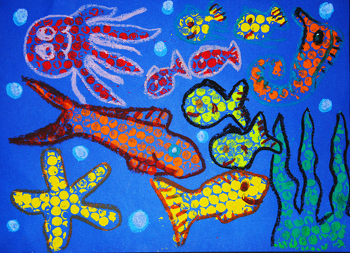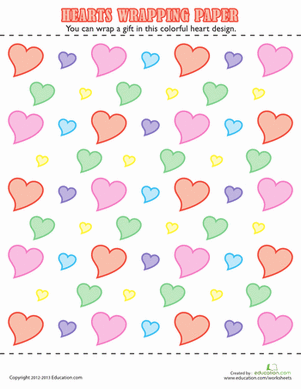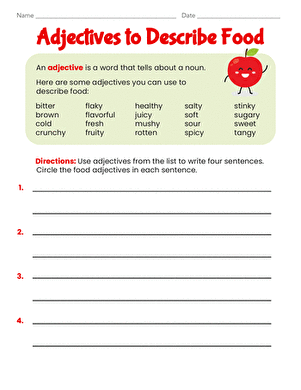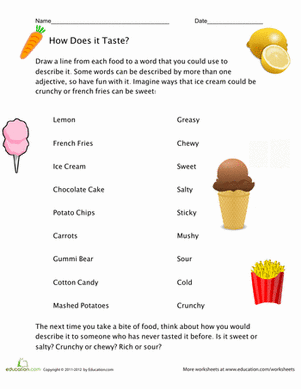Science project
To Wrap or Not to Wrap? Which Food Wrapping Works Best to Prevent Food Spoilage?
Difficulty of Project
Easy
Cost
$ 20
Safety Issues
Plastic gloves
Material Availability
Readily available from any supermarket.
Approximate Time Required to Complete the Project
3 weeks. This includes experimentation and collection, recording and analysis of data, summary of results and completion of bibliography.
Objective
To determine which food wrapping works best to prevent food spoilage in refrigerated and non-refrigerated foods.
Materials and Equipment Required
- 7 Apples
- 7 Bananas
- A large box of Strawberries and a large box Blueberries
- Saran wrap
- Wax paper
- Aluminum foil
- Hefty one zip plastic bags
- Brown paper bags
- Plastic containers
Introduction
Background Information
On the information level, this experiment serves to acquaint students with current data on preventing food spoilage and the need to prevent food contamination from bacterial and mold infections and growth as well as from poor conditions of storage prior to delivery to our grocers and supermarkets. What becomes clearly evident and of prime importance is the need to preserve food to insure its safety and nutritional value. Becoming knowledgeable of the various products on the market claiming to prevent and retard spoilage and testing their efficacy is both a practical and useful outcome.
This science fair experiment also serves to acquaint students with the essential processes of sciencing such as the importance of the use of a control, of identifying dependent and independent variables, of data collection, of pictorial and or graphic presentation of data and of being able to make better judgments as to the validity and reliability of their findings. They take on the role of scientists and in the process they learn to act as one.
Research Terms
- Refrigeration
- Dehydration
- Molds
- Fungi
- Bacteria
- Dry Ice
- Food and Drug Administration
Research Questions
- To what extent is food spoilage a problem in this country?
- What is the function of the Food and Drug Administration?
- How do fungi and bacteria get into our food?
- How do we control and inhibit bacterial and fungal infections in food?
- How does refrigeration safeguard our food? How does dehydration help preserve our food?
- Why is dry ice recommended in instances when we lose our electrical power?
Terms, Concepts and Questions to Start Background Research
- What is a control? A control is the variable that is not changed in the experiment.
- What purpose does a control serve? It is used to make comparisons as to what changed or possibly caused the change.
- What are variables? Variables are factors that can be changed in an experiment.
- What is an independent variable? The independent variable is the one that is changed in the experiment.
- What is a dependent variable? The dependent variable is the one that changes as a result of the change in the independent variable.
Experimental Procedure
- State the problem you are going to investigate in this science fair project.
- Create and reproduce the data sheets you will use to record your observations.
- Gather all your materials.
- Wrap each of the fruits , one apple, one banana, two tablespoons of strawberries, two tablespoons of blackberries in each of the wrappers, namely in saran wrap, wax paper, brown paper, aluminum foil , a hefty one zip plastic bag and a plastic container.
- Set up the controls. Place one apple and one banana on a plate. Leave it uncovered on the table at room temperature. Place two tablespoons of strawberries and two of blueberries in an uncovered bowl and place them in the refrigerator.
- Place the specimens, the strawberries and the blueberries in all their different wrappings in the refrigerator. Place the other specimens, the apples and the bananas as in all the different wrappings on the table keeping them at room temperature.
- You may wish to take photos of all of your fruits in their wrappers as well as the controls.
- Wait for five days then inspect each of the fruits in their wraps as well as the controls on the table and in the refrigerator and record your observations.
- You may wish to take pictures of all of the specimens and the controls in this “ After” stage.
- Record your observations.
- Analyze the data and formulate the conclusion.
- Prepare your report and include all of the following: a clear statement of the problem, your hypothesis, namely what did you predict would occur, and a list of the materials used. Include any safety precautions taken. Describe the procedures used. Include all the data that were gathered. Include all charts. Explain the purpose of the control. Formulate your conclusions. For dramatic value, you may include photos of the materials used or of you in the process of conducting this investigation. Include a bibliography of sources you used. You may wish to assess what you did and describe what you would do differently if you were to do this project again. You may wish to expand this research next year. What other materials might you investigate for this purpose?
Charting and or Graphing Data
In each section of the experiment, use charts to display the obtained data such the following sample:
Observations after Seven Days
| Speciments | Saran Wrap | Wax Paper | Brown Paper | Aluminum Foil |
Plastic Zip Lock Bag |
Plastic Container |
| Apple | ||||||
| Banana | ||||||
| Strawberries | ||||||
| Blueberries | ||||||
| Apple Control | ||||||
| Banana Control |
|
|||||
| Stawberries Control | ||||||
| Blueberries Control |
Bibliography
- Grahame W Gould, New Methods of Food Preservation
- High Beam (TM) Research, Food Spoilage
Education.com provides the Science Fair Project Ideas for informational purposes only. Education.com does not make any guarantee or representation regarding the Science Fair Project Ideas and is not responsible or liable for any loss or damage, directly or indirectly, caused by your use of such information. By accessing the Science Fair Project Ideas, you waive and renounce any claims against Education.com that arise thereof. In addition, your access to Education.com's website and Science Fair Project Ideas is covered by Education.com's Privacy Policy and site Terms of Use, which include limitations on Education.com's liability.
Warning is hereby given that not all Project Ideas are appropriate for all individuals or in all circumstances. Implementation of any Science Project Idea should be undertaken only in appropriate settings and with appropriate parental or other supervision. Reading and following the safety precautions of all materials used in a project is the sole responsibility of each individual. For further information, consult your state's handbook of Science Safety.












